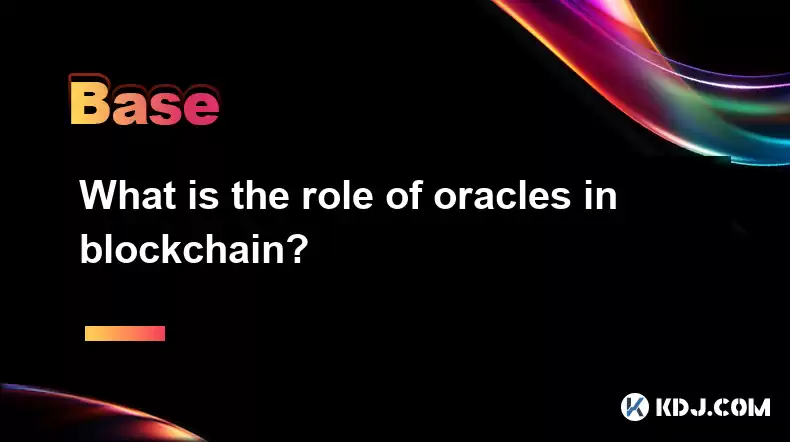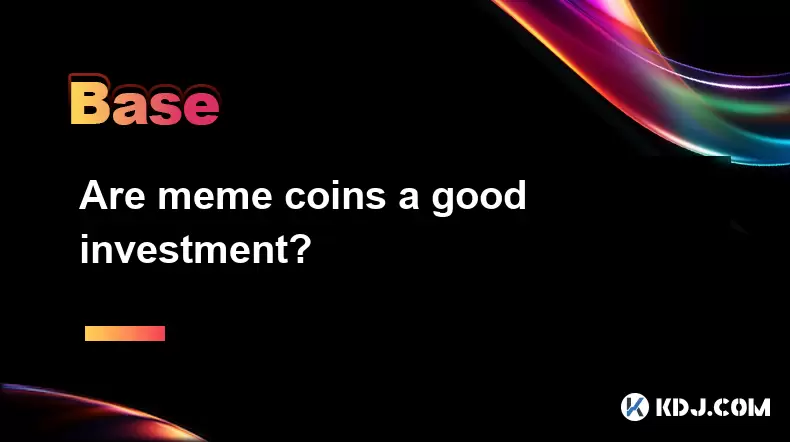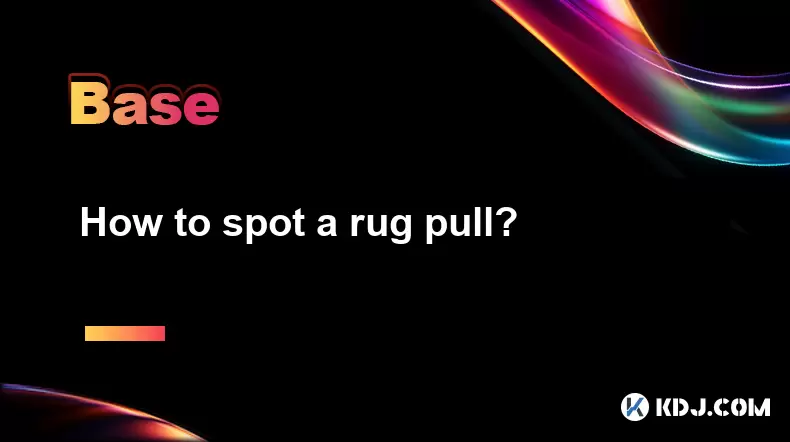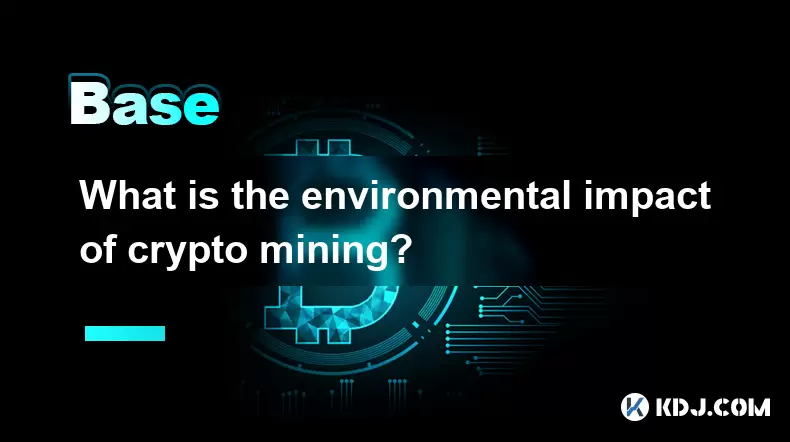-
 Bitcoin
Bitcoin $116700
0.24% -
 Ethereum
Ethereum $3973
4.34% -
 XRP
XRP $3.283
7.68% -
 Tether USDt
Tether USDt $1.000
0.01% -
 BNB
BNB $789.8
2.27% -
 Solana
Solana $176.2
3.31% -
 USDC
USDC $0.9999
0.00% -
 Dogecoin
Dogecoin $0.2238
5.14% -
 TRON
TRON $0.3389
-0.51% -
 Cardano
Cardano $0.7907
4.03% -
 Stellar
Stellar $0.4527
10.02% -
 Hyperliquid
Hyperliquid $41.07
4.27% -
 Sui
Sui $3.794
1.77% -
 Chainlink
Chainlink $19.49
10.40% -
 Bitcoin Cash
Bitcoin Cash $580.9
0.74% -
 Hedera
Hedera $0.2617
4.32% -
 Avalanche
Avalanche $23.41
3.67% -
 Ethena USDe
Ethena USDe $1.001
-0.03% -
 Litecoin
Litecoin $122.4
1.38% -
 Toncoin
Toncoin $3.364
1.49% -
 UNUS SED LEO
UNUS SED LEO $8.988
0.37% -
 Shiba Inu
Shiba Inu $0.00001295
2.82% -
 Uniswap
Uniswap $10.62
5.75% -
 Polkadot
Polkadot $3.922
4.46% -
 Dai
Dai $1.000
0.01% -
 Bitget Token
Bitget Token $4.494
2.15% -
 Monero
Monero $268.0
-1.30% -
 Cronos
Cronos $0.1523
3.68% -
 Pepe
Pepe $0.00001127
4.43% -
 Aave
Aave $285.4
4.85%
What is the role of oracles in blockchain?
Oracles bridge blockchain's data limitations, providing crucial off-chain information to smart contracts, enhancing security through decentralization while enabling diverse applications like DeFi and supply chain management.
Mar 15, 2025 at 07:26 pm

Key Points:
- Oracles bridge the gap between on-chain and off-chain data, providing real-world information to smart contracts.
- Different oracle types exist, each with its strengths and weaknesses, catering to various needs.
- Security and reliability are crucial considerations when choosing and implementing oracles.
- Decentralized oracles aim to mitigate single points of failure and enhance trust.
- The integration of oracles unlocks a wide range of applications within the blockchain ecosystem.
What is the role of oracles in blockchain?
Blockchain technology, while revolutionary, inherently suffers from a limitation: its inability to access external data. Smart contracts, the self-executing agreements that reside on the blockchain, operate based solely on the information available within the blockchain itself. This is where oracles step in. They act as bridges, connecting the decentralized world of blockchain with the real world, providing crucial off-chain data to smart contracts. Without oracles, smart contracts would be confined to a self-contained, data-poor environment.
How do oracles work?
Oracles function by fetching data from external sources and relaying it to smart contracts. This process involves several steps:
- Data Request: A smart contract initiates a request for specific data.
- Data Acquisition: The oracle fetches the requested data from a designated external source, which could be anything from a weather API to a stock exchange.
- Data Validation (Optional): Some oracles employ validation mechanisms to ensure data accuracy and prevent manipulation. This might involve multiple data sources or cryptographic signatures.
- Data Transmission: The validated data is then transmitted to the smart contract.
- Smart Contract Execution: The smart contract executes its logic based on the received data.
Types of Oracles:
Several types of oracles exist, each with its own characteristics:
- Centralized Oracles: These oracles rely on a single entity to provide data. While simpler to implement, they introduce a single point of failure and potential for manipulation.
- Decentralized Oracles: These oracles distribute data acquisition and validation across multiple independent nodes, enhancing security and reliability. They are more complex but offer greater resilience against attacks and censorship.
- Hardware Security Modules (HSM) Oracles: These utilize secure hardware to protect the integrity of the data acquisition and transmission process.
- Hybrid Oracles: These combine aspects of centralized and decentralized oracles, leveraging the strengths of both approaches.
Security and Reliability of Oracles:
The security and reliability of oracles are paramount, as compromised oracles can lead to flawed smart contract execution and potentially significant financial losses. Key considerations include:
- Data Source Reputation: The credibility and trustworthiness of the data source are critical.
- Validation Mechanisms: Robust validation mechanisms are essential to ensure data accuracy.
- Decentralization: A decentralized approach minimizes the risk of single points of failure.
- Transparency: The oracle's operation should be transparent and auditable.
Examples of Oracle Applications:
The integration of oracles unlocks a wide array of applications in the blockchain ecosystem. Some examples include:
- Decentralized Finance (DeFi): Oracles provide real-time price feeds for decentralized exchanges and lending platforms.
- Supply Chain Management: Oracles track goods throughout the supply chain, ensuring authenticity and provenance.
- Insurance: Oracles trigger payouts based on real-world events such as weather conditions or accidents.
- Gaming: Oracles introduce randomness and external factors into blockchain-based games.
Challenges Faced by Oracles:
Despite their crucial role, oracles also face several challenges:
- Scalability: Handling a large volume of data requests efficiently can be challenging.
- Cost: Operating and maintaining oracles can be expensive.
- Security Risks: Oracles are vulnerable to attacks, including data manipulation and denial-of-service attacks.
- Regulation: The legal and regulatory landscape surrounding oracles is still evolving.
Different Oracle Networks:
Several prominent oracle networks exist, each with its own approach to data acquisition, validation, and distribution. These networks often employ sophisticated techniques to enhance security and reliability. Understanding the strengths and weaknesses of each network is crucial for developers choosing an oracle solution for their smart contracts.
Choosing the Right Oracle:
Selecting the appropriate oracle for a specific application requires careful consideration of factors such as:
- Data Requirements: The type and frequency of data needed.
- Security Requirements: The level of security and reliability required.
- Cost Considerations: The cost of using the oracle network.
- Scalability Needs: The ability to handle a large volume of data requests.
Frequently Asked Questions:
Q: What are the risks associated with using oracles?
A: The primary risks include data manipulation, denial-of-service attacks, and single points of failure (especially with centralized oracles). Careful selection and implementation of secure and reliable oracles are crucial to mitigate these risks.
Q: How do decentralized oracles improve security?
A: Decentralized oracles distribute data acquisition and validation across multiple independent nodes. This makes them more resilient to attacks and censorship compared to centralized oracles.
Q: What is the difference between centralized and decentralized oracles?
A: Centralized oracles rely on a single entity for data, while decentralized oracles distribute this responsibility across multiple nodes, improving security and resilience.
Q: Can oracles be manipulated?
A: Yes, oracles can be manipulated, particularly centralized ones. Decentralized oracles, with their multiple independent nodes and validation mechanisms, offer better protection against manipulation, but are not completely immune.
Q: What are some examples of real-world applications of oracles?
A: Real-world applications include DeFi applications needing real-time price feeds, supply chain management for tracking goods, and insurance payouts triggered by real-world events. Games also use oracles to incorporate external randomness.
Disclaimer:info@kdj.com
The information provided is not trading advice. kdj.com does not assume any responsibility for any investments made based on the information provided in this article. Cryptocurrencies are highly volatile and it is highly recommended that you invest with caution after thorough research!
If you believe that the content used on this website infringes your copyright, please contact us immediately (info@kdj.com) and we will delete it promptly.
- Punisher Coin: The Altcoin Ready to Punish Your Portfolio with Gains?
- 2025-08-08 22:50:16
- Mutuum Finance, Bitcoin Whales, and Binance: Decoding the Crypto Currents
- 2025-08-08 22:30:11
- Bitcoin, Crypto Market, Volatility: Riding the Rollercoaster in NYC Style
- 2025-08-08 22:50:16
- HTX Copy Trading Extravaganza: Rewards and Opportunities for Traders
- 2025-08-08 23:30:12
- SPX6900 Pumps & TOKEN6900 Presale: Month Growth Mania!
- 2025-08-08 23:30:12
- Dogwifhat, Beanie, and $800,000: A Meme Worth Millions?
- 2025-08-08 23:35:12
Related knowledge

Can you reuse a crypto wallet address?
Aug 08,2025 at 03:49pm
Understanding Wallet Addresses in CryptocurrencyA crypto wallet address is a unique identifier used to send and receive digital assets on a blockchain...

Are meme coins a good investment?
Aug 08,2025 at 11:36pm
Understanding Meme Coins and Their OriginsMeme coins are a category of cryptocurrencies that originated from internet humor or viral trends rather tha...

How are flash loans used?
Aug 08,2025 at 01:08pm
Understanding Flash Loans in Decentralized FinanceFlash loans are a unique innovation within the decentralized finance (DeFi) ecosystem, allowing user...

How to spot a rug pull?
Aug 08,2025 at 11:21pm
Understanding the Concept of a Rug PullA rug pull is a type of scam prevalent in the decentralized finance (DeFi) and cryptocurrency space where devel...

What is the environmental impact of crypto mining?
Aug 09,2025 at 12:28am
Energy Consumption of Cryptocurrency MiningThe environmental impact of crypto mining begins with its substantial energy consumption, primarily driven ...

What are common crypto trading strategies?
Aug 08,2025 at 12:42pm
Understanding Trend Following in Crypto TradingTrend following is one of the most widely adopted crypto trading strategies due to its simplicity and a...

Can you reuse a crypto wallet address?
Aug 08,2025 at 03:49pm
Understanding Wallet Addresses in CryptocurrencyA crypto wallet address is a unique identifier used to send and receive digital assets on a blockchain...

Are meme coins a good investment?
Aug 08,2025 at 11:36pm
Understanding Meme Coins and Their OriginsMeme coins are a category of cryptocurrencies that originated from internet humor or viral trends rather tha...

How are flash loans used?
Aug 08,2025 at 01:08pm
Understanding Flash Loans in Decentralized FinanceFlash loans are a unique innovation within the decentralized finance (DeFi) ecosystem, allowing user...

How to spot a rug pull?
Aug 08,2025 at 11:21pm
Understanding the Concept of a Rug PullA rug pull is a type of scam prevalent in the decentralized finance (DeFi) and cryptocurrency space where devel...

What is the environmental impact of crypto mining?
Aug 09,2025 at 12:28am
Energy Consumption of Cryptocurrency MiningThe environmental impact of crypto mining begins with its substantial energy consumption, primarily driven ...

What are common crypto trading strategies?
Aug 08,2025 at 12:42pm
Understanding Trend Following in Crypto TradingTrend following is one of the most widely adopted crypto trading strategies due to its simplicity and a...
See all articles

























































































